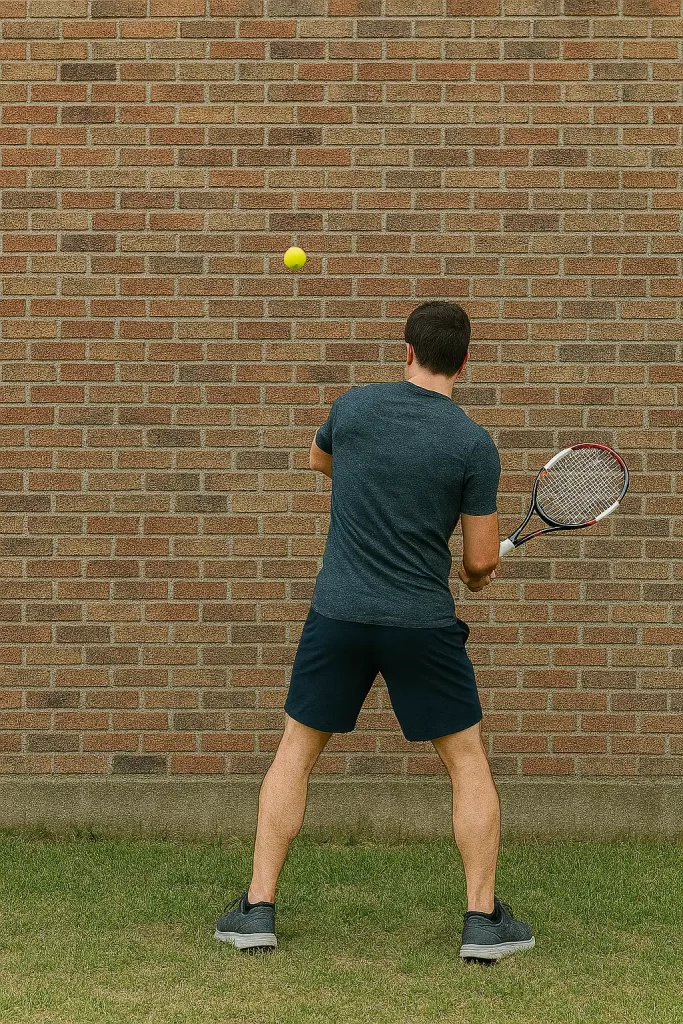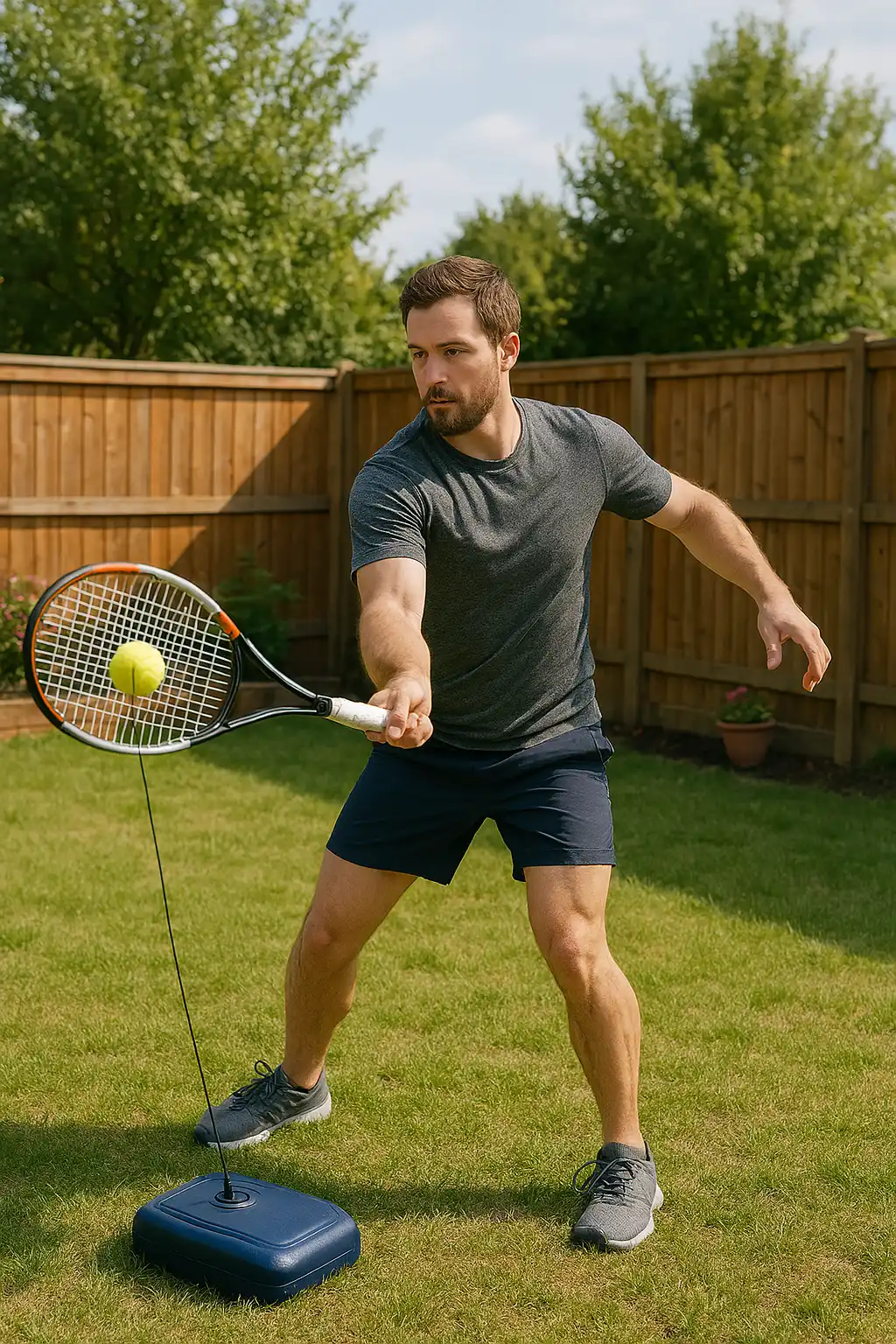If you’re like me—always dreaming of hitting the tennis court but can’t find a partner or a nearby court—I’ve got some exciting news for you! You can totally practice tennis alone, and not only that, you can actually become quite skilled at it.
When I first started, I thought I needed a court, a coach, or at least someone to play with. But guess what? There are so many ways to improve your game on your own. Let me share some of my top tips—simple, effective drills and tools that make tennis practice possible anywhere.
Why Practicing Alone Can Be Awesome
Before we dive in, I want to say—practicing tennis on your own is not second best. It’s actually one of the fastest ways to build control, consistency, and confidence without any pressure.
Here’s why I love solo practice:
- You can go at your own pace.
- You can focus on technique without distractions.
- You don’t need to book a court or coordinate with anyone.
- You’ll build solid fundamentals before even stepping into a match.
1. Wall Drills: The Wall That Never Quits
The first “partner” I had was a brick wall at the side of my building. And honestly? It taught me more about timing and control than I ever expected.
Here are my go-to tennis wall drills for beginners:
Forehand and Backhand Rallies
- Hit forehands against the wall until you get a rhythm.
- Switch to backhands.
- Then alternate between the two—just like in a real rally.
I used tape to mark a target on the wall and focused on control rather than power.
No-Bounce Volleys
- Stand close to the wall and practice volleying without letting the ball bounce.
- Great for working on net skills and quick reactions.
Serve Simulation
- Practice your service motion and hit into a marked square on the wall.
- You’ll build muscle memory for toss, timing, and follow-through.
Bonus Tip: Try doing wall drills with your non-dominant hand for a coordination challenge!

2. Use a Tennis Ball on a String (My Favorite Backyard Trick!)
This little gadget changed my practice game. It’s a tennis trainer rebounder—a base with a string attached to a tennis ball. When you hit the ball, it comes right back to you!
Why I love it:
- I can practice literally anywhere—in the driveway, backyard, or park.
- It helps me improve timing and footwork.
- I don’t have to chase the ball after every hit.
I started using it on lunch breaks and even during weekend trips. It’s super beginner-friendly and really fun once you get the hang of it.
How to Use a Tennis Rebound Trainer:
- Fill the base with water or sand to keep it steady.
- Start with gentle forehand hits.
- Practice rallies, foot movement, and even small backhand swings.
- Great for warming up, too!
3. Practice Tennis at Home (No Equipment Needed)
When I’m stuck indoors, I still like to keep my tennis brain sharp. Here’s how:
Shadow Swings
- Practice serving motions, forehands, and backhands without a ball.
- Focus on your grip, swing path, and footwork.
- Use a mirror if you can—it’s surprisingly helpful!
Strength & Mobility Work
- Core workouts, balance drills, and dynamic stretches help with stability on the court.
- Even 10 minutes a day helps me feel more connected to my body and my game.
Creative Ways to Make Solo Tennis Practice Fun
If you’re like me, you’ll stay more consistent if you make things interesting. Here are a few ideas:
- Set mini-challenges (e.g., “20 forehands in a row”).
- Track your progress in a journal or app.
- Play your favorite playlist to keep the energy up.
- Film yourself to check your technique and see your improvements over time.
If you’re excited to learn tennis but think you don’t have a tennis partner or fancy setup. don’t be discouraged. Whether it’s hitting against a wall, practicing with a rebound ball trainer, or swinging through your serve in your living room, you can absolutely learn tennis alone.
So grab that racket, find a wall (or a string ball), and just start. You’ll be surprised how much progress you can make—all on your own.
